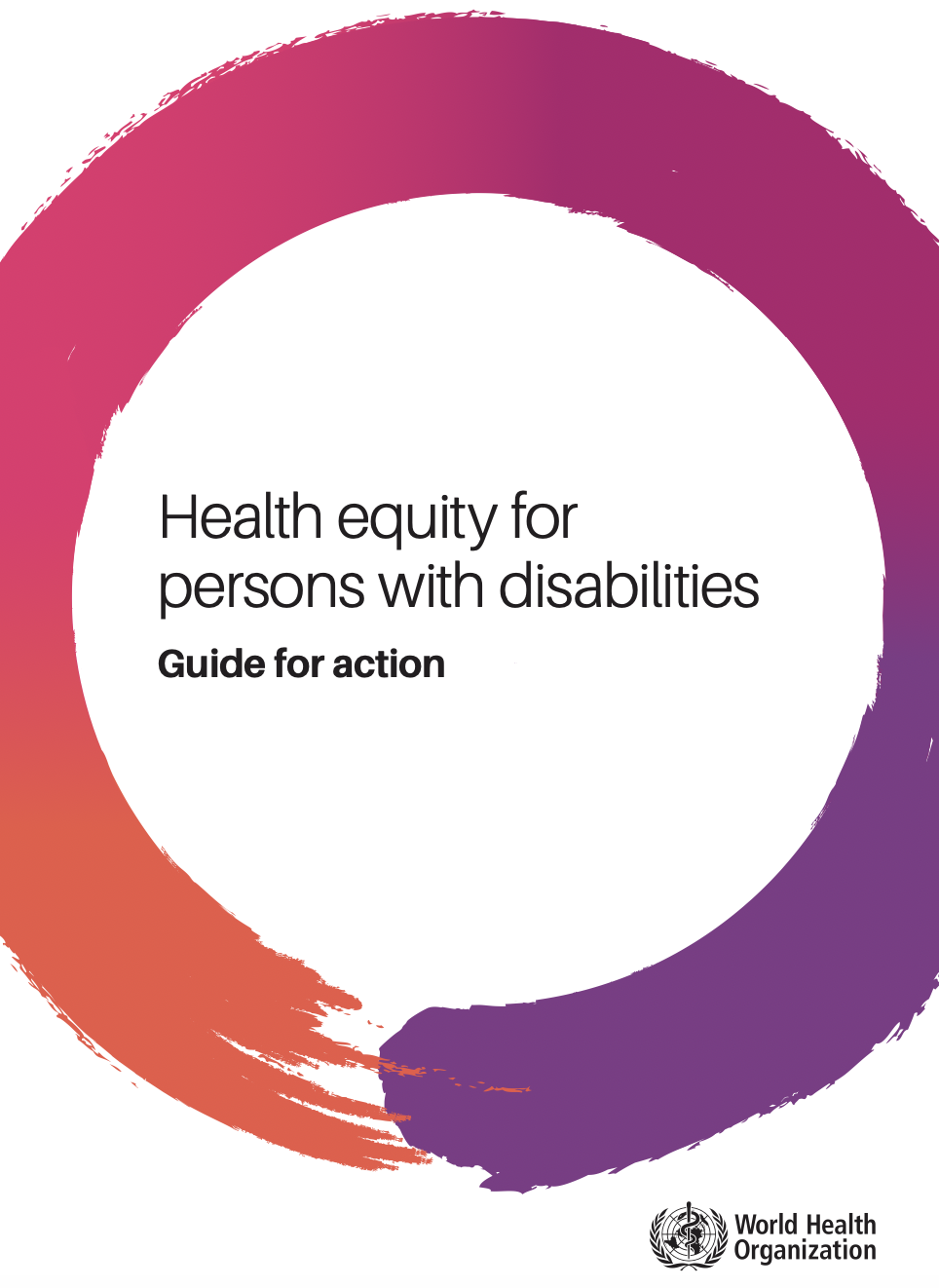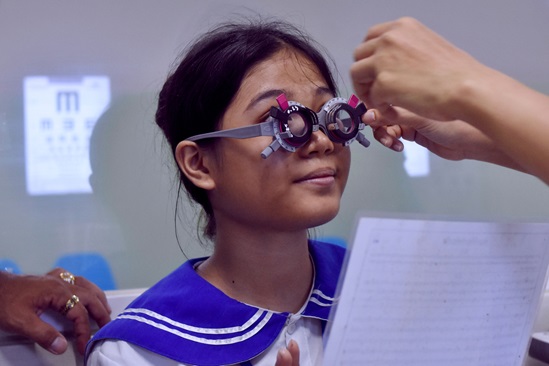Episode #92 - Disability and health inequity
Alternative media
Transcript
VGS WHO's latest report tells us that one in six people have a significant disability and that they experience health inequity. Hello and welcome to Science in 5, I'm Vismita Gupta-Smith. We are talking to Darryl Barrett today. Welcome, Darryl. Darryl, speak to us about these health inequities.
DB Well, quite simply, persons with disabilities are dying earlier compared to the rest of the population, up to 20 years earlier. We also see that persons with disabilities are at double the risk of developing certain health conditions, such as stroke, anxiety, diabetes or depression. And thirdly, we see that persons with disabilities have more difficulties in day to day functioning. So an inaccessible health facility could be up to six times more limiting for persons with disabilities. Now, it's important that we understand that these health inequities are not due to the underlying health condition related to disability, but are actually due to conditions that are unfair, unjust and avoidable.
VGS Darryl, are people facing these inequities because of their disabilities?
DB I should explain that disability is different to a health condition. They're not the same. Disability refers to the interaction between someone's health condition such as depression or spinal cord injury. Certain personal factors like age or gender or ethnic background. And the environmental factors such as stigma and discrimination or the built environment. So let me give you another example. We consider somebody who is having a spinal cord injury. We've got two people that have a spinal cord injury and they're both the same age and the same gender. But one of thosepeople lives in a modern high income country with access to education and employment and accessible transportation. The second person with the exact same health condition lives in a rural village in a low income country, has limited access to education and employment and no accessible transportation. Even though their health condition is the same, their experience of disability is very different. And this is important because we can sometimes consider personswith disabilities as one homogenous group. But in fact, persons with disabilities are a very diverse group and represented in every country, every culture, every age group.
VGS Darryl, talk to us about the factors that contribute to these health inequities and who needs to act to address them.
DB So there are a range of contributing factors to health inequities for persons with disabilities. So we can look at some examples. Stigma and discrimination is a major barrier for persons with disabilities. We know that there are many places around the world where people with disabilities are still unable to make their own decisions about their health care choices. And that has an impact. Poverty is another driver and contributing factor. When people experience poverty, they are locked out of education, employment opportunities which impact directly on their health. And we know that people with disabilities disproportionately experience poverty compared to the rest of the population. Another set of factors relates to disease risk factors themselves. So when we talk about disease risk factors, we're looking at things such as alcohol consumption or tobacco consumption or the amount of physical activity that somebody gets. Now, persons with disabilities are often left behind or excluded from health promotion activities, often because they're not in accessible formats.So if we're creating a campaign on immunization or on healthy eating or physical activity, we need to make sure that those health promotion campaigns are produced in Braille or in verbal format or in easy read format so that persons with intellectual disability are able to take control and understand what they need to do. And then the last set of contributing factors relates to the health system itself. If we look at the attitudes, the negative attitudes of health care workers, those attitudes can be a direct barrier to persons with disabilities, getting the health services that they need and and being healthy. Now, in terms of who's responsible for taking action, well, all of us have a role to play, but ultimately it's up to governments to show leadership. Governments could show leadership among all health sector partners by making sure that persons with disabilities are included in program design and implementation. And if governments and health sector partners included the representative organizations of persons with disabilities in those processes, it would make a massive step in addressing these health inequities that we have presented.
VGS Thank you Darryl. That was Science in 5 today. Until next time, stay safe, stay healthy and stick with science









